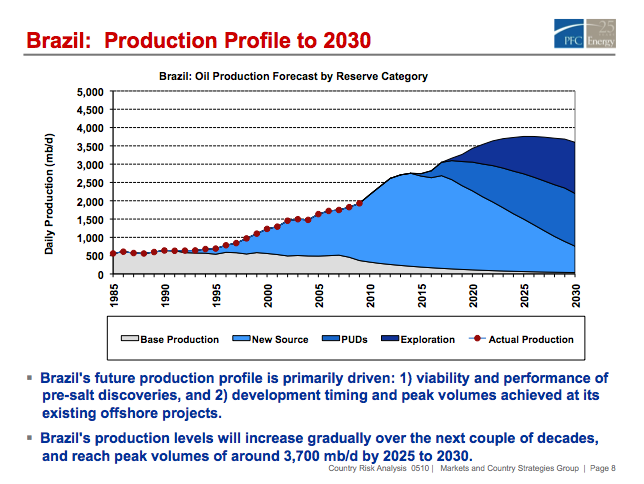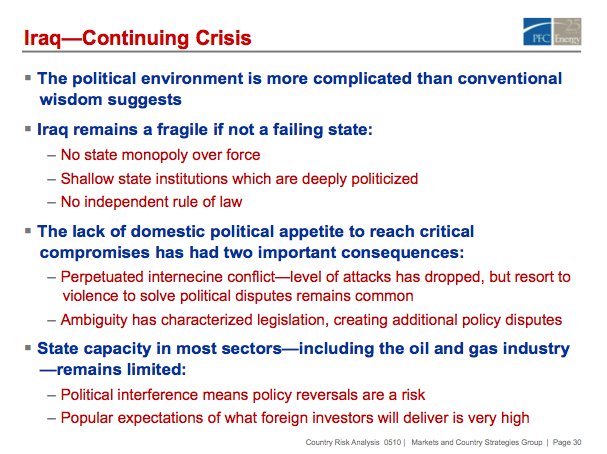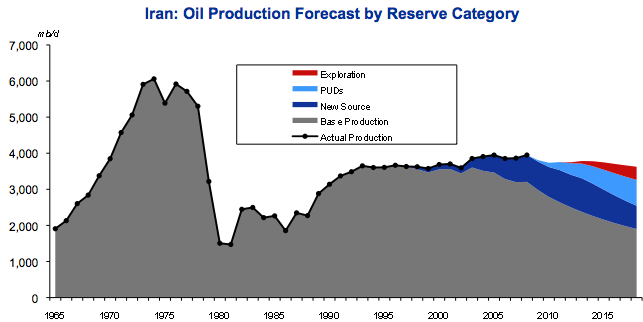
When we think of countries most at risk of terrorist attacks, we usually think of Iraq, Pakistan or Afghanistan. But according to a report from Maplecroft, Somalia is now more at risk than any other country in the world. The firm’s global ranking assessed the frequency and intensity of terrorist incidents in 196 countries and found the following countries qualify as “extreme risk” territories:
- Somalia
- Pakistan
- Iraq
- Afghanistan
- Palestinian Occupied Territory
- Columbia
- Thailand
- Philippines
- Yemen
- Russia
The report found that between June 2009 and June 2010, Somalia experienced 556 terrorist attacks, killing a total of 1,437 people and wounding 3,408.
The principal threat in Somalia comes from the Islamist al Shabaab, which has claimed responsibility for several deadly suicide bombings, including one in February 2009, which killed eleven Burundian soldiers on an AU peacekeeping mission.
online pharmacy ocuflox with best prices today in the USAIn a recent and worrying change of tactics, the group carried out its first major international attack in July 2010, when it bombed the Ugandan capital, Kampala, killing at least 74 people.
online pharmacy spiriva with best prices today in the USA
Yemen makes its first appearance in the “extreme risk” category, with 109 attacks in the one-year period ending June 2010. The country’s primary source of terrorism is al-Qaeda, “which is causing growing alarm among Western intelligence services as the group plots more attacks abroad.
”
Greece overtook Spain to become the European country most at risk from terrorist attacks. Though most Greek attacks tend to be non-fatal, they are highly disruptive, as we saw in the November 2010 letter bombs that targeted embassies in Athens and foreign leaders both in Greece and abroad.
Greece



